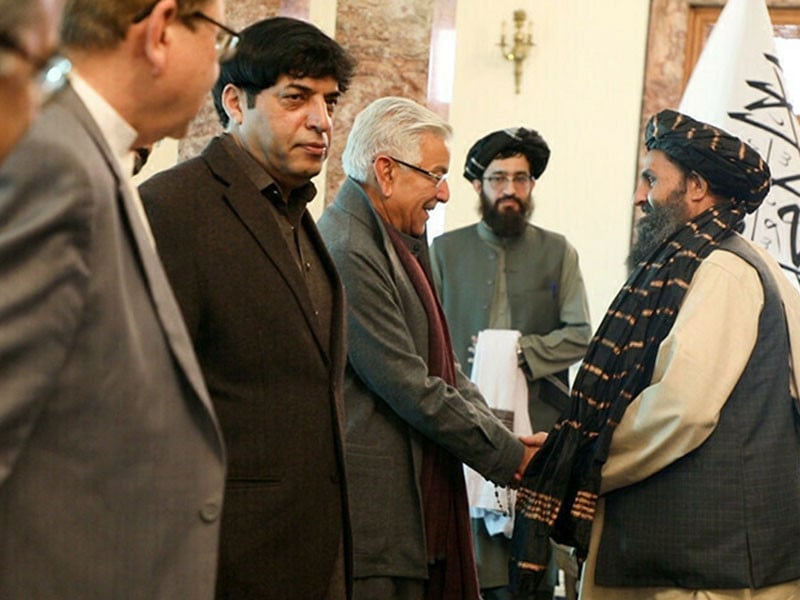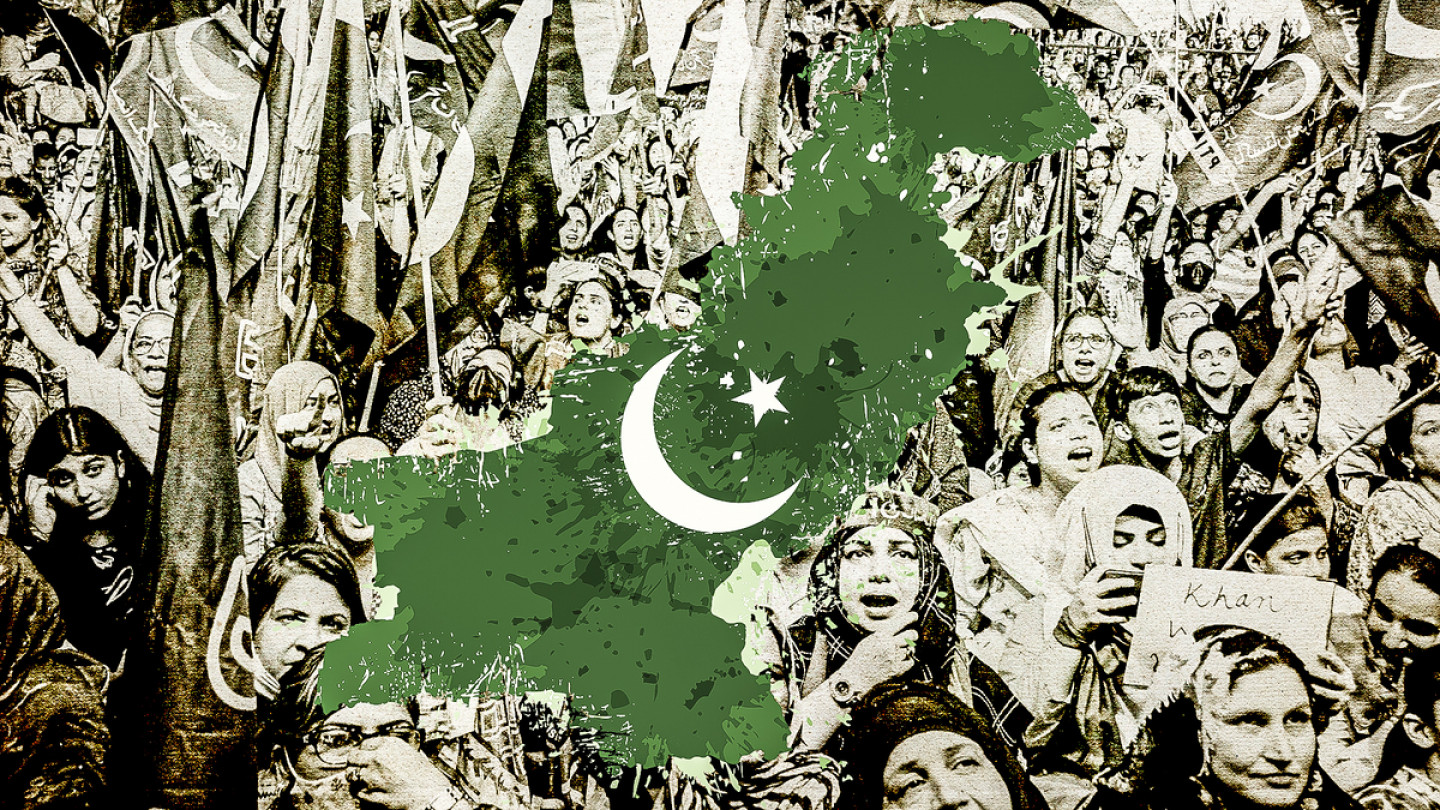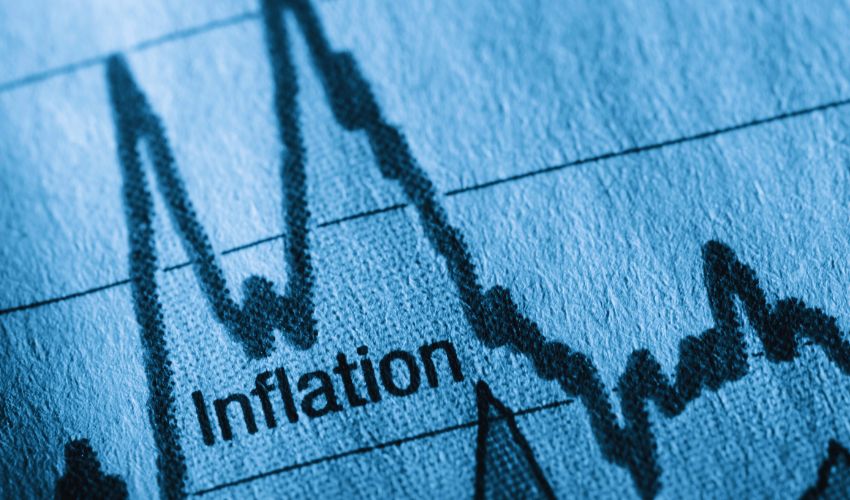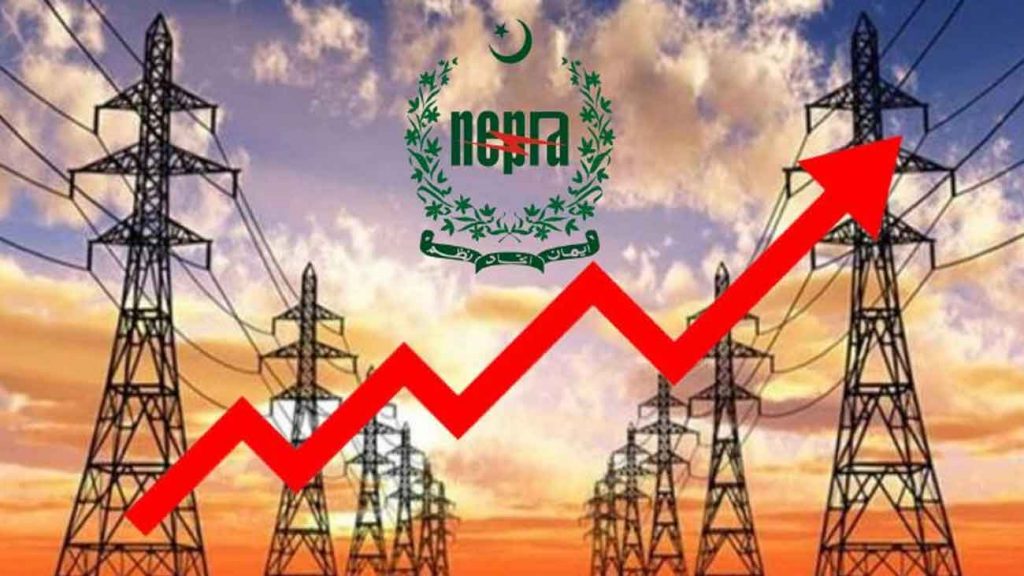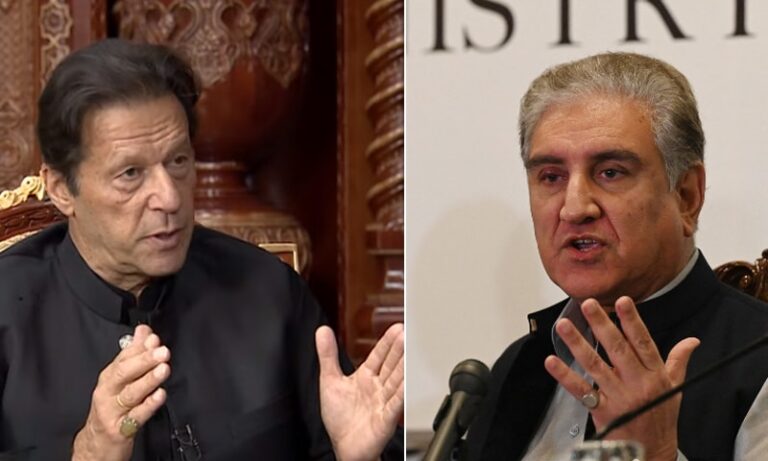Editorial
Second-tier leadership for political parties refers to the role and function of the leaders who are not the top or the most visible ones in the party hierarchy, but who still have significant influence and responsibility in the party organization, strategy and performance. Second tier leaders may include deputy leaders, vice presidents, secretaries, spokespersons, whips, committee chairs, regional or local leaders, and other prominent members of the party. They can provide support and balance to the first tier leader, by offering complementary skills, perspectives, and networks. They can also act as potential successors or challengers to the first tier leader, depending on the party dynamics and the leadership selection rules.
They can represent and communicate the party’s vision, values, and policies to different segments of the society, such as the media, the public, the parliament, the government, the civil society, and the international community. They can also help shape and adapt the party’s agenda and strategy to the changing political and social context.
They can foster and maintain the cohesion and unity of the party, by mediating and resolving conflicts, building consensus, and ensuring discipline and loyalty among the party members and supporters. They can also enhance the participation and representation of the party’s diverse constituencies, such as women, youth, minorities, and other groups.
They can contribute to the development and innovation of the party, by bringing new ideas, initiatives, and projects to the party’s platform and activities. They can also facilitate the learning and improvement of the party, by monitoring and evaluating the party’s performance and impact.
Therefore, second tier leadership for political parties is a significant factor that can affect the party’s effectiveness, legitimacy, and sustainability. Second tier leaders can play a vital role in the party’s internal and external relations, as well as in the party’s adaptation and evolution.
Please, subscribe to the YouTube channel of republicpolicy.com







































